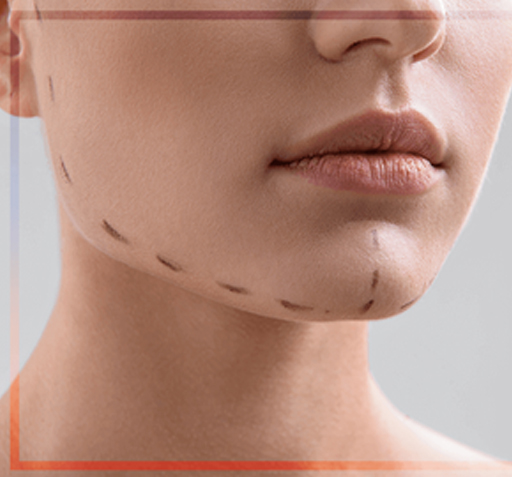The chin plays a crucial role in defining the overall shape of the face. A chin that is too short can make the nose appear larger, while a longer chin can make the nose seem smaller. In other words, facial proportion is largely achieved through the chin.
Chin filler procedures can quickly correct symmetry issues. By injecting dermal fillers into the chin area, the desired jawline and contour can be achieved.
When it comes to facial aesthetics, the face is divided into three regions for filler applications. The first region includes the forehead and eye area, the second region covers the mid-face, including the nose, cheeks, and under-eye area, and the third region comprises the mouth and chin.
When evaluating the face, both front and profile views are important. The lower third of the face, particularly the chin area, plays a key role in facial harmony. Individuals with a small or recessed chin often experience more prominence in the neck and cheeks.
People with a recessed chin typically have their lower lip positioned behind the upper lip, making the nose appear larger, and the double chin more pronounced, giving the illusion of excess fat in the neck area. In such cases, chin fillers, also known as jawline fillers, help by defining the jawline and bringing the chin forward, thus improving the overall facial balance. This also separates the chin from the neck, which can sometimes appear merged.
When viewed from the profile, a line is drawn from the nose to the chin to assess the proportionality of the chin. If the upper lip is 4 mm and the lower lip is 2 mm behind this line, then the chin is considered proportionate, and no chin recession is present.

